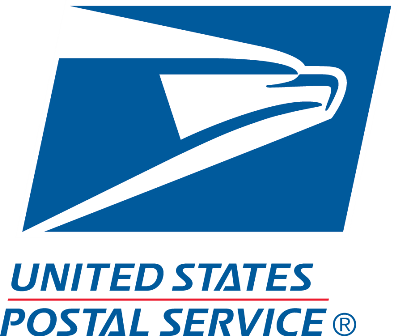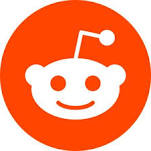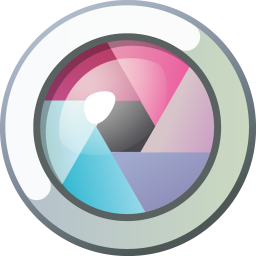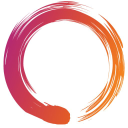How This Biomedical Engineer Invented A Device To Run Better
Hello! Who are you and what business did you start?
Hello! Thanks for having us. My name is Sarah Anderson and I am the founder of Celer Ergonomics. Celer is an athletic training brand focused on creating products that re-train your body to move with better movement patterns, as you move. Our first product, the RunCeler strap, is a functional resistance band worn over the sock and in the shoe while running to promote improved running form, thereby decreasing the risk of injury and improving performance.
We believe that everyone can move better and it is our mission to enable everyone to experience the health benefits of running and working out without added pain or injury.

How it works: Using active resistance, the RunCeler strap engages the muscles of the foot to land with a more mid-foot strike, a striking pattern linked with decreased risk for overuse injury. Additionally, the material properties of the RunCeler strap act as an...

Download the report and join our email newsletter packed with business ideas and money-making opportunities, backed by real-life case studies.

Download the report and join our email newsletter packed with business ideas and money-making opportunities, backed by real-life case studies.

Download the report and join our email newsletter packed with business ideas and money-making opportunities, backed by real-life case studies.

Download the report and join our email newsletter packed with business ideas and money-making opportunities, backed by real-life case studies.

Download the report and join our email newsletter packed with business ideas and money-making opportunities, backed by real-life case studies.

Download the report and join our email newsletter packed with business ideas and money-making opportunities, backed by real-life case studies.

Download the report and join our email newsletter packed with business ideas and money-making opportunities, backed by real-life case studies.

Download the report and join our email newsletter packed with business ideas and money-making opportunities, backed by real-life case studies.















































